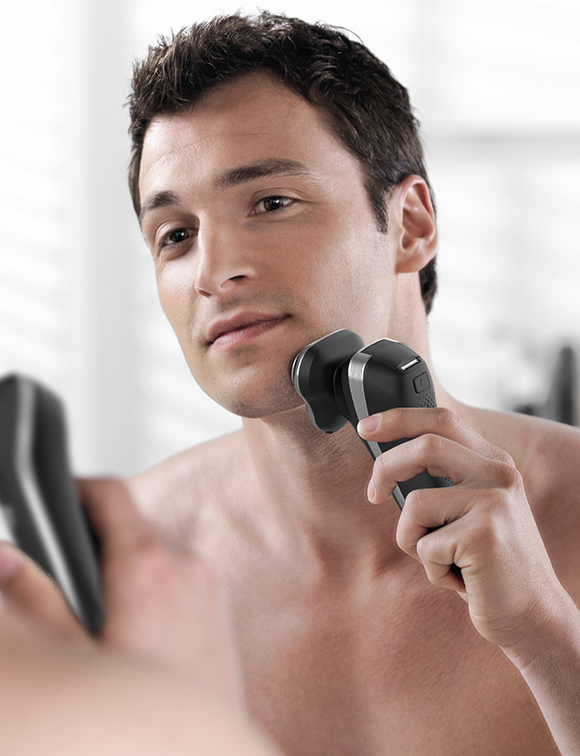 2024.08.15
2024.08.15
 Industry News
Industry News
When it comes to grooming, choosing the right tool for shaving is essential to achieving the desired results with minimal effort. The two popular options are electric shavers and traditional razors. While both serve the same primary function—shaving facial hair—they differ significantly in terms of design, operation, and overall user experience. Understanding these differences can help you decide which tool is suited for your needs.

Traditional Razor: Manual Shaving Experience
A traditional razor consists of a blade and a handle manually operated on the face to shave off facial hair. This method has been used for centuries and continues to be popular due to its simplicity and effectiveness. Traditional razors come in various forms, including safety razors, straight razors, and disposable razors, but they all share a fundamental feature: the razor blade must be directly manipulated by the user.
Advantages of Traditional Razors:
- Affordability: One of the primary benefits of using a traditional razor is its cost-effectiveness. Traditional razors are generally much cheaper than electric shavers, especially when considering long-expenses. While handle manually razors require occasional blade replacements, they are still far less expensive than purchasing an electric shaver with all the necessary accessories.
- Close Shave: Many users find that traditional razors provide a closer shave compared to electric shavers, especially when the technique is mastered. A handle manually razor allows for precise control, which results in a smoother finish.
- Long-Lasting: Traditional razors are incredibly durable and can last for many years when properly cared for. Unlike electric shavers, which may require frequent battery replacements or motor repairs, handle manually razors do not have such concerns.
Disadvantages of Traditional Razors:
- Learning Curve: Achieving the great shave with a traditional razor requires skill and practice. Improper use can cause nicks, cuts, and irritation, especially if you rush the process.
- Time-Consuming: Shaving with a traditional razor can be a more time-consuming process, as it requires the user to manually navigate the contours of the face. In contrast, an electric shaver offers a faster solution.
Electric Shavers: Modern Convenience
Electric shavers have revolutionized the shaving experience, offering convenience, speed, and reduced skin irritation. These devices are powered by batteries or electric outlets, and they feature rotating or oscillating blades that automatically cut hair. Unlike handle manually razors, which rely on human skill and precision, electric shavers provide a more hands-off experience.
Advantages of Electric Shavers:
- Speed and Efficiency: One of the main selling points of electric shavers is their speed. Shaving with an electric shaver is quicker than using a traditional razor because the device works automatically, requiring little manual effort. For individuals with a busy lifestyle, electric shavers can provide a convenient and fast shaving solution.
- Convenience: Electric shavers are typically waterproof and can be used wet or dry, making them great for use in the shower or on-the-go. This is a major advantage over traditional razors, which are typically only used with shaving cream or gel.
- Skin Safety: Since electric shavers use oscillating or rotating blades under a protective guard, they are generally safer for the skin. This reduces the likelihood of cuts, nicks, and abrasions, making electric shavers a better choice for people with sensitive skin or those who struggle with handle manually razors.
Disadvantages of Electric Shavers:
- Cost: The main downside of electric shavers is their initial expense. High-quality electric shavers can be significantly more expensive than traditional razors, and they often require maintenance, such as replacing the heads or cleaning the motor. Over time, this maintenance can add up.
- Not as Close a Shave: While electric shavers provide a quick and efficient shave, they may not offer the same level of closeness as handle manually razors. For some users, this can be a dealbreaker, especially if they are seeking a greatly smooth finish.
- Maintenance Requirements: Unlike traditional razors, which are relatively low-maintenance, electric shavers need more care. Regular cleaning, charging, and replacing heads can be cumbersome and time-consuming.